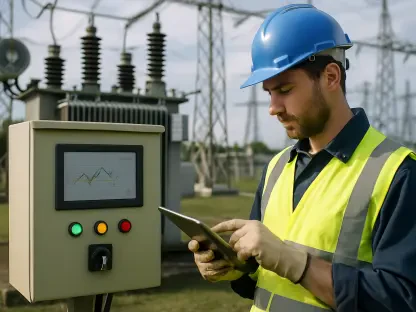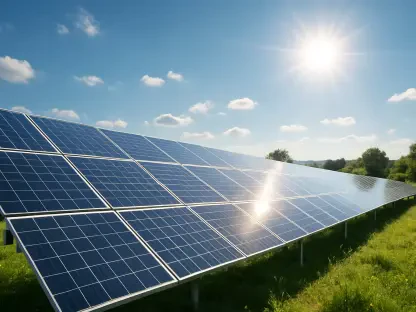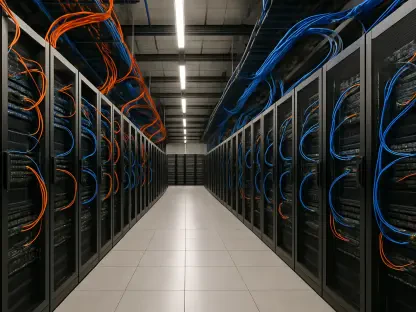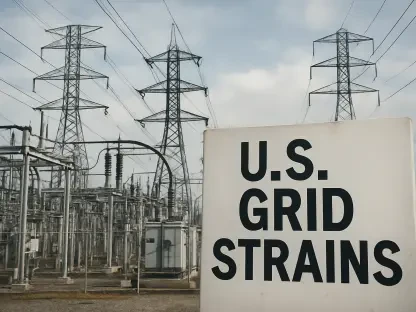Listen to the Article
When you look at the U.S. population in 2024, millennials—those born between 1981 and 1996, now ages 28-43—make up about 22%.
You can see why this group, also known as Generation Y, is unique: They grew up during the internet revolution, adapting quickly to new technology, changing communication styles, and shifting consumer trends. Their journey from analog to digital gives you a clear view of how they bridge traditional methods with modern approaches in both the workplace and the marketplace.
For marketers in the utilities industry, this means going digital-first and moving beyond basic outage alerts and bill reminders and deliver mobile-first, personalized, and transparent experiences.
Successful utilities companies are already stepping up their game by creating content that truly resonates with Gen Y. Your peers are developing AI-powered usage coaches and bundling energy services with smart building technologies, which serves as a much more compelling tactic than the old “we’ve got reliable service” pitch. If you don’t adapt, you risk losing relevance with millennial consumers.
Read on to explore how you can change your marketing approach and implement methods that align with modern buyers.
A New Era of Marketing
Marketing has changed to include entertainment as a key engagement strategy. You see this in branded entertainment, edutainment, and other creative content formats designed to capture attention. At first, social media—especially vertical video—drove this shift. But today, entertainment-focused B2B marketing goes far beyond video. Brands use it across multiple channels to create more engaging, memorable experiences for professional audiences.
This also applies to humor. And although it’s declining—studies like Kantar’s show a 37% drop in humorous ads over two decades—its impact hasn’t faded.
When you watch E.ON’s “It’s on us to make new energy work” campaign, starring Oscar-winner Christoph Waltz, you’ll see how star power, humor, and sustainability merge to promote renewable energy. In just 60 seconds, Waltz plays an exasperated “energy boss” who, with deadpan delivery, shifts corporate responsibility into a collective call to action by declaring, “It’s not on me—it’s on us!” This blend of wit and urgency makes a serious topic engaging and relatable for the viewer, showing that when it comes to new energy, everyone has a role to play.
But humor isn’t just about making good jokes or being witty—it’s about making your brand feel more human. A well-placed punchline can turn a cold and sterile corporation into a warm personality that people believe they can trust. And in a traditionally dry industry like utilities, insurance, or B2B services, humor could be the secret to standing out.
Be Edutaining
The global edutainment industry is predicted to reshape how people learn and engage, with its value soaring from $2.58 billion in 2024 to an astonishing $11.52 billion by 2034—a 16.1% CAGR that speaks volumes about its potential. This surge reflects a major shift in education driven by converging forces.
Branded entertainment engages your audience while showcasing your brand through videos, podcasts, and social media. In essence, it’s any entertainment format featuring a company’s name or logo. Your peers increasingly praise this medium for its B2B storytelling power, humanizing your brand and building thought leadership to persuade through narrative.
Moreover, a social-first strategy makes even complex topics compelling. For effective execution, collaborate with influencers or like-minded brands to expand your reach, tap into cultural trends to stay relevant, and replace sales pitches with compelling storytelling. Experiment with creative formats like music or humor to stand out.
Edutainment grows as AR and VR games drive opportunities, with sales expected to grow 4.5 times by 2034. Major markets like China, Japan, the USA, and Germany are fiercely competing, fueled by rising disposable incomes that boost spending on both education and entertainment. This means you can enjoy high-quality, immersive experiences that blend learning and play seamlessly. These edutainment solutions keep you engaged with interactive gamified elements like quizzes, puzzles, and reward systems, all enhanced by appealing visuals, sound design, storytelling, and real-time feedback.
The AI Factor
Your more technical peers are already leveraging AI to make grid management easier and accelerate operational efficiencies.
Millennials embrace AI to streamline your repetitive tasks, boost creative output, and drive data-informed decisions. They’re adopting AI tools for content creation, data analysis, and automating administrative work, transforming workplace productivity and efficiency. This shift empowers you to work smarter and focus on what truly matters every day.
AI helps you completely transform how you connect with your customers. Data analytics provide real insights into consumption patterns and preferences, empowering you to offer hyper-personalized energy efficiency tips and cost-saving strategies that build stronger relationships and boost brand loyalty.
In addition, intelligent chatbots and virtual assistants can swiftly handle common issues, freeing up your team to dive into more complex, high-value interactions. This means faster problem resolution and a smoother overall experience for your customers.
There’s a Trust Issue
Economic ups and downs, climate challenges, and tech revolutions are the norm, making trust a brand’s backbone. You need to show up as reliable and ethically sound because your customers, juggling all these pressures, expect nothing less.
According to PwC’s latest Voice of the Consumer report, trust isn’t given—it’s earned through responsible practices, transparency, and putting people first.
That’s why you have a golden opportunity to connect with eco-conscious customers. By aligning their sustainability goals with tangible environmental wins, you turn every purchase into a step toward a greener future.
You should also consider aligning your products with the trends that your customers value (such as health, ethical nutrition, and eco-friendly production) to clearly communicate how your brand cares. In addition, ensure you implement the human touch in high-stakes decisions and personalized services, as customers continue to value the blend of tech efficiency and human insight.
Conclusion
In conclusion, marketing and consumer expectations are evolving rapidly—with millennials leading the change. As technology reshapes how you engage customers, adopting digital-first, personalized strategies is essential.
For marketers in the utilities industry, this means moving beyond basic communications to leverage AI, branded entertainment, and interactive educational content to create deeper connections. Embracing AI, humor, and edutainment gives you unique opportunities to build trust and loyalty through transparency and innovation.
Whether you’re personalizing customer interactions with AI, adopting social-first strategies, or aligning your brand with sustainability, adapting to these shifts is key. By embracing these new tools and approaches, you not only meet millennial expectations but also lay a strong foundation for long-term growth and engagement in an increasingly digital world.
Now is the time to innovate, engage, and ensure that your brand truly resonates with the modern buyer.









